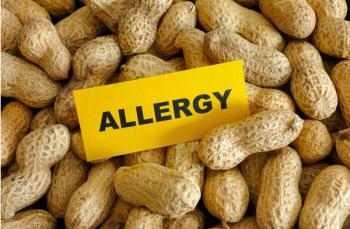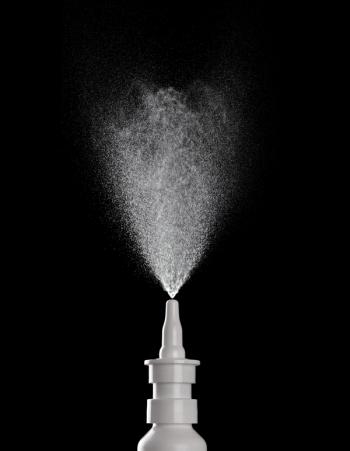
Is it Seasonal or Perennial?
The four basic categories of allergens that trigger symptoms of allergic rhinitis (sneezing, runny nose, scratchy throat, itchy eyes) are pollen, mold, animals and insects. (Try the mnemonic PALM: for pollen, animals, lady bugs, mold). Seasonal allergic rhinitis (SAR) is inflammation of the upper airway in response to airborne allergens, typically pollens from tress, grasses, and weeds. Perennial allergic rhinitis (PAR) is upper airway inflammation triggered by continuous exposure to allergens, often from animals (eg, fur, feathers); mold, and/or insects (eg, dust mites, lady bugs). A person can have SAR, PAR or both.
References:
Agency for Health Care Research and Quality (AHRQ). Treatments for seasonal allergic rhinitis. Accessed February 7, 2015 and available at:
Newsletter
Enhance your clinical practice with the Patient Care newsletter, offering the latest evidence-based guidelines, diagnostic insights, and treatment strategies for primary care physicians.

















































































































































































































































































